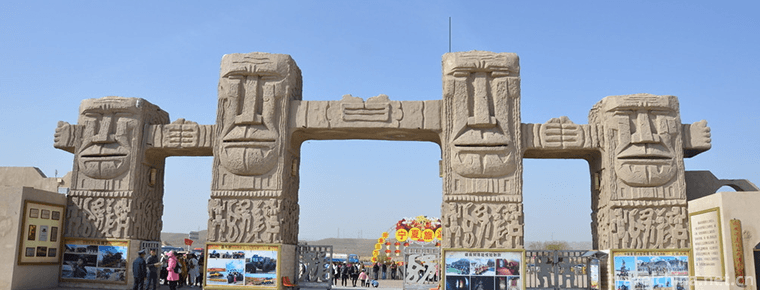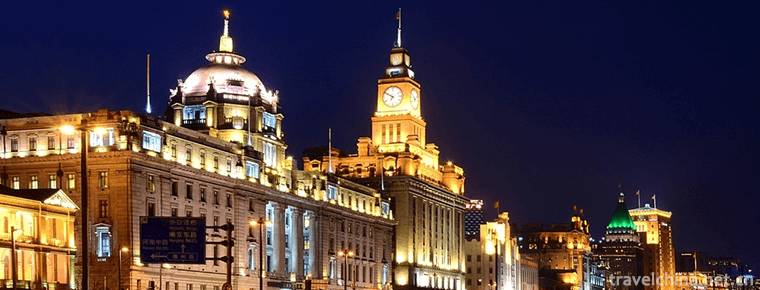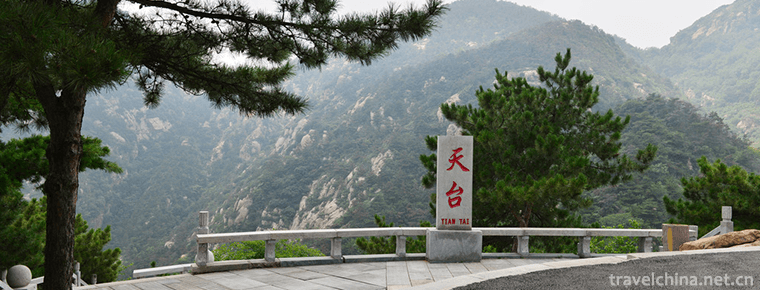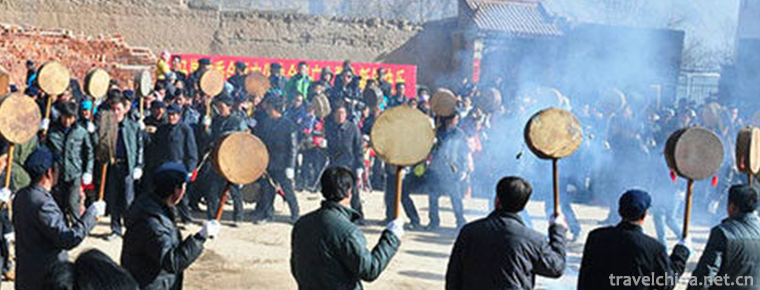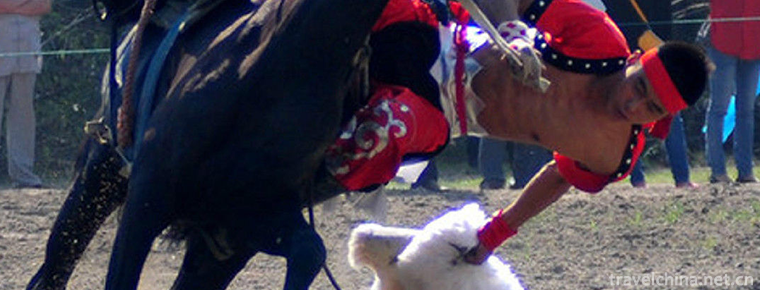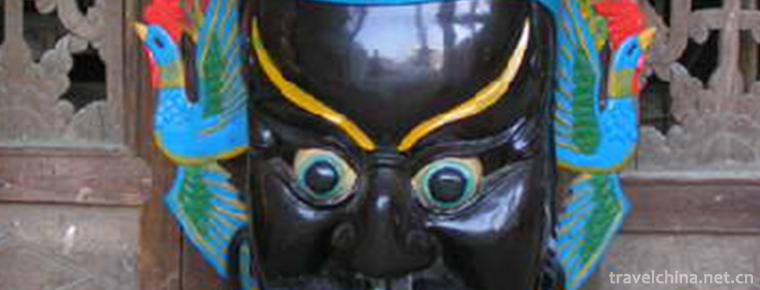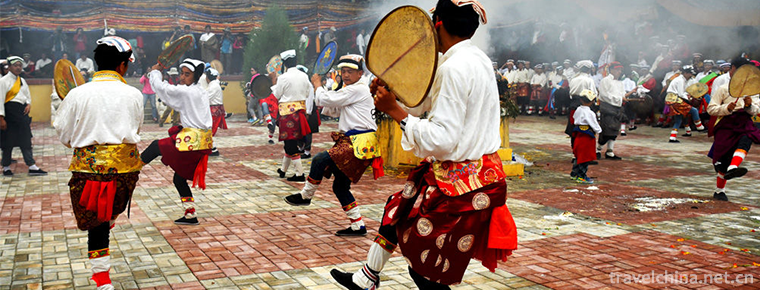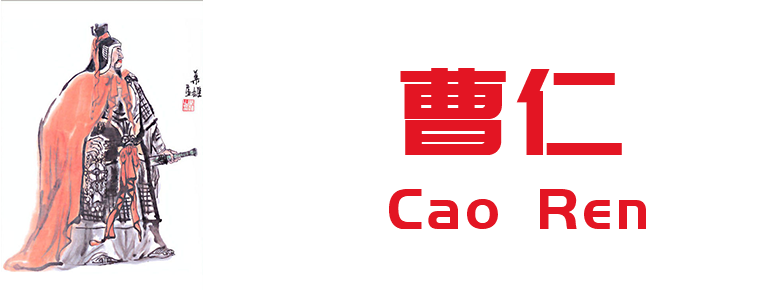Shuimogou Scenic Area
Shuimogou Scenic Area
Shuimogou Scenic Area, also known as Shuimogou Park, is named after Shuimogou in the scenic area. It is located in the eastern suburb of Urumqi, Xinjiang. Around 2000, Shuimogou Government has carried out a series of reconstruction and reconstruction of Shuimogou and its surrounding environment, and built Shuimogou Scenic Area with an area of 36 square kilometers. At present, Shuimogou Scenic Spot is composed of "five mountains and one river" (Qingquan Mountain, Hongqiao Mountain, Hot Spring Mountain, Shuitashan, Xuelian Mountain and Shuimogou River). It is a national AAAA-level scenic spot, which combines ice and snow customs with beautiful scenery.
Development history
Around 2000, the government of Shuimogou District carried out a series of reconstruction and reconstruction of Shuimogou and its surrounding environment, and built Shuimogou Scenic Area, covering an area of 36 square kilometers. At present, Shuimogou Scenic Spot is composed of "five mountains and one river" (Qingquan Mountain, Hongqiao Mountain, Hot Spring Mountain, Shuitashan, Xuelian Mountain and Shuimogou River). It is a national AAAA-level scenic spot, which combines ice and snow customs with beautiful scenery.
geographical environment
Shuimogou, in the eastern suburb of Urumqi City, is a narrow canyon stream more than 1 kilometer long. There are dozens of springs in the canyon, which accumulate into streams and run down from south to North all the year round. As early as 1733, in order to solve the problem of flour and grain processing in the garrison, the Qing government purchased two plates of water mill with 240 pairs of silver. The water mill ditch got its name here.
Since then, noble officials and literati, who came to Urumqi, had to stop and rest in Shuimogou. They left many beautiful poems for Shuimogou. Therefore, as early as the Qianlong Period of Qing Dynasty more than 200 years ago, it was well known here.
Main attractions
gate
When you come to the scenic spot, the first thing you see is a new and unique scenic gate with great momentum. This is an archaic eaves building imitating the Qing Dynasty building, covering 285 square meters. The main building is over 14 meters high. The entrance span of the semi-circular shape is 14.26 meters. Its huge arc lines reflect the image of the Shuimo River running down. The roofs and beams are also painted with vivid colors. It is said that this kind of design is unique in the same kind of buildings in the country. Whether viewed from far or near, it gives people a strong visual impact and shows a grand and magnificent style.
Step into the gate, but see the rippling stream, the water is rippling, above the stream, is a very coordinated architectural style and the door of the archaic bridge - "Kowloon Bridge". There are pavements on both sides of the bridge. There are 24 Han Baiyu carved columns with exquisite stone lions carved on the pillars. The stone lions on each column have different shapes, implying 24 different solar terms a year, which implies that people have a good harvest year and are lucky and peaceful.
Ji Xiaolan's Statue
Opposite the Kowloon Bridge is a statue of Ji Xiaolan holding a big cigarette bag. In the 33rd year of Qianlong (1768 A.D.), Ji Xiaolan was suspected of sending a secret message to his relatives, Lu Jianzhen, about salt transportation in the Huaihe River and the Huaihe River, during which he took his couple to visit Shuimogou in the countryside and left a famous poem: "The boundaries are green, the waters are warm and flowing green." If the visitors have Fengyixing, they only borrow the Man Pavilion from the general.
Official Pavilion
On the right side of the statue is the reception pavilion. In 1901 (Qing Guangxu 27), the nobles of the Qing Dynasty, Prime Minister of Fengduan Wang, Minister of State Affairs Zaiyi and Brothers Zailan of Zhengguo Gong, both of whom were banished to Urumqi as scapegoats in order to alleviate the discontent of the Chinese people, were ordered to sign the Treaty of Sin and Ugly because of the entry of the eight-nation Coalition forces into Beijing. But during their exile, they still enjoyed royal treatment and lived a luxurious life in Urumqi. At that time, Zailan loved the charming scenery of Shuimogou very much, so he invested in building terraces, pavilions and pavilions in Shuimogou for his recreation. In order to facilitate his reception of resident officials and relatives and friends, he built an official reception Pavilion here. It is said that the original building was made of mud and wood, but the carved beams and painted buildings were very gorgeous. Unfortunately, they collapsed during the Republic of China. The present reception pavilion, built in 2003, is the financial Temple of the Qingquan Temple.
Xiang Fei bathing
On the right side of the reception pavilion, there is a sculpture. It is said that this is the place where Xiangfei takes a bath. Legend has it that in the twenty-fifth year of Qianlong (1760), a 26-year-old Uygur girl in Kashgar was summoned to Beijing for her family's efforts to calm the rebellion. Passing through Shuimogou, she saw mountains, ancient trees, water fog and charming scenery, and took a bath in Shuimogou. After entering Beijing, Qianlong was very fond of her. Because of her strong fragrance, she was called "Xiangfei". "Fragrant concubine bath" used to be one of the eight old sceneries in Urumqi. Now there is "fragrant concubine stone" in the park. It is said that it is the stone of the cool clothes after "fragrant concubine bath". Others said that Xiangfei was the Rongfei of Qianlong, a Hui nationality. The biography of the queen's concubine in the Qing History Manuscript said, "Rongfei, Zhuo's family, Taiji of Huibu and Zha's stolen girls. When you first enter the palace, you will be honored. Progressively become concubines. "
Han Wen Ling
Up, there is a long Hanwenling. Hanwenling, 360 meters long, was built three times in three years.
Han Wenling's Cihai is interpreted as "the place where Wenhan gathers together". The first phase of the project, built in 1999, is mainly based on the shape of rockery. Fifteen pieces of black high-quality granite with different shapes are selected and embedded between the mountain walls. There is a poem inscribed on each granite. These poems are excellent poems left by ancient and modern literati and Mohists when they visited Shuimogou.
At the far left of Hanwenling, there is a huge stone sculpture shaped like an open history book, engraved with the words "Hanwenling".
On the hillside above the stone carvings is the "Bowang Pavilion" built by frugal and straw. In the pavilion stands the Han Baiyu statue of Ji Xiaolan, a scholar of Qing Dynasty.
Hanwenling Phase II Project was built in 2000. In addition to collecting 19 Ancient poems, four ancient poems by Ji Xiaolan, a famous university scholar in Qing Dynasty, including "Charcoal Monkey Entering the City", "Farmer Irrigating the Land", "Blast Furnace Ironmaking" and "Xiangfei Bathing" were displayed in relief with pictures. This is the relief of "ironmaking". The poem says, "The fire on the east side of the hot spring is shining, and the wind and iron on the mountain are smelting. It's only because the red furnace has been smelted three times that it wins one cold point."
According to the poetry of ancient poems, the second phase of Hanwenling also added bridges, streams, pools, and other garden works, such as Baxiandong, Yaojin Pavilion, Shumotan, Yinlongtan and Xieyuqiao, which are complementary to the first phase of the project.
Xinjiang rock paintings
In addition, the second phase of Hanwenling project is also a collection of Xinjiang rock paintings, which collects eight famous rock paintings in Xinjiang, such as Altay, Barikun, Wensu, Toxon, Hutubi, Muli, Kufugou in Qitai County, Baiyang River in Tacheng and so on. They are embossed on the rock wall of Hanwenling in relief form.
Rock painting is the witness of the original culture of the ancient Western Regions. The beautiful and colorful ancient rock painting is an epic of Western Regions national culture engraved on stone. A rock painting, which seems to be simple in composition, often has rich cultural connotations and is a complicated cultural expression in ancient times. It engraves the early social content of the ancient Western Regions people - their beliefs and totems, their production, life, hunting and war, etc. It expresses a beautiful pursuit and desire of the primitive Western Regions people, and it is a spiritual sustenance of the primitive Western Regions people. Among these rock paintings, the reproductive worship of Kangjia Shimenzi rock carvings in Hutubi is the rarest. These rock carvings have a history of more than 3000 years. They are novel in conception and unique in content. They can be regarded as excellent rock paintings.
Main square
Hanwenling Phase III Project, which was built in 2001, is the continuation of Hanwenling Phase I and Phase II project and the key scenic spot of Hanwenling overall project. It is about 80 meters long in the north and south, 60 meters long in the East and west, with a total area of nearly 5000 square meters. Connecting with "Baxian Cave", the terrain is high in the East and low in the west, forming four platforms with different heights and sizes. These platforms are important distribution centers on the tourist line across the riverside. Through relatively dense gardens, architectural sketches and other carriers, the historical and humanistic level with Shuimogou as the core is expanded, and the main body of the Park is deepened in a more vivid and vivid form. Field.
In front of Hanwenling Square, there is a magnificent relief of Han Baiyu, which reflects the three first historical scenes that General Wang Zhenled the people of all ethnic groups in Xinjiang to build in water mill: the first cotton textile mill in Xinjiang - Qiyi Cotton Textile Mill, the first power plant in Xinjiang - Weihuliang Power Plant, and the first coal mine in Xinjiang - Liudaowan Coal Mine. On the opposite side of the relief is a chessboard square, which symbolizes the prosperity of Shuimogou's business, changing with each passing day and constantly moving forward. It is like an endless chess board. Around the square, there are some garden stone benches with unique shapes, such as peacock benches, butterfly benches and leaf benches, for visitors to sit and rest.
Present age
Forward, there is a unique Lianli tree, above which is the origin of sketch gardens. This world is composed of the legendary relief sculptures of Fuxi Nuwa, Tongxin Lock, Allied Oath Stele, Lianxin Pavilion, Tongxin Cliff, Mandarin Duck Butterfly Tree and four groups of hand-shaped sculptures. They are unique in shape and lifelike, implying that this life and this life meet and have a close relationship. We should cherish the true feelings of friendship, kinship and love in the world.
Xiao Cao Ting
Further on, there is a long pavilion, Xiao Cao Pavilion, which was also built by the "Zhengguo Gong" to carry the waves. It is said that Zailan named the pavilion Xiao Cao Ting, which is a story of Xiao He and Cao Shen loyalty to Liu Bang, the great ancestor of Han Dynasty, to vent his dissatisfaction with Empress Dowager Cixi's curtain listening to politics. In September 1941, Comrade Mao Zemin, the director of the Finance Department of Xinjiang, lived alone in Xiao Cao Ting to get sick. The original pavilion was built in 1901 and destroyed for historical reasons. The present pavilion was rebuilt in 1984.
Qingquan Temple
Above Xiao Cao Pavilion and on the hillside of the middle of Qingquan Mountain, there stands a Buddhist temple called Qingquan Temple. It is understood that the Qingquan Temple, built in 1989, covers an area of more than 7000 square meters. It is the largest Buddhist resort in Xinjiang and the seat of the Urumqi Buddhist Association. In the Daxiong Palace, there are statues of Guanyin Bodhisattva, Manjusri Bodhisattva and Puxian Bodhisattva, as well as 18 Arhats in different shapes. During temple fairs of January, February, August, March 16, July 30 and September 29, tourists come to burn incense, worship Buddha and pray and make wishes.
Shui Mo River
Under Xiao Cao Ting is the Longkou Spring of Shuimo River. Located in the upper and middle part of Shuimo River, there is a large self-fountain below. The fountain springs up to about 1 meter. People call it "Longkou Spring". In the eleventh year of Guangxu Qing Dynasty (1885), Pan Xiaosu, the first governor of Xinjiang, hired craftsmen to carve a faucet with stone on the Longkou Spring. He introduced the spring water into the Longkou Spring and spewed it down from the cliff like a silver belt, which was magnificent. Later, in order to flatter the Qing Emperor's "saint virtue", Pan changed "Longkou Spring" to "Mu Sheng Spring", and compared the clear and turbid spring to the emperor's Saint virtue. However, people still call it "Longkou Spring".
Shuimo River is not only a spring of Longkou Spring, it is said that in the past there were hundreds of springs on the rivers of Shuimogou Mountain. In 1877, officials of the Qing Dynasty were good at visiting Shuimogou. When they saw hundreds of natural fountains gushing in the valley, they were amazed. They wrote down "The green hills came to meet each other from afar, and no water had been heard." Searching for the source is the end of the mountain, the silver Python thousands from the empty "hymn. Because Shuimo River is a small river which is formed by the springs from Longkou Spring and other springs from Shuimogou Mountain, the local people call Shuimogou River "Wanquan River".
Shuimo River has been winding from Longkou Spring to the gate of the scenic spot. The river is clear and shaded by trees on both sides. It is the most flexible part of the whole Shuimogou scenic spot. Near Longkou Spring, there is a water mill, which is an antique mill to reproduce the historical landscape. It is said that during the reign of Qianlong in the Qing Dynasty, local officials and people used the water power of Shuimogou to set up more than 100 water mills here to process food for the garrison and residents. Shuimogou River and Shuimogou also got their name. Later, with the renewal of grinding tools, the original water mill gradually disappeared. The mill you see now is an antique building in 1992.
Near the water mill, there are many large and small water mills. Because of the refreshing and pleasant here, many citizens dance and rest here.
On the Wanquan River below the mill, there is a small bridge. In the north channel of the bridge, there is a statue of Erlong Drama Pearl. In a stream in the south of the bridge, there are a group of swimming fish, carp and brocade carp. They swim comfortably in the stream and chase each other playfully, attracting countless tourists and children.
Down the stream, green trees, streams flying snow, refreshing.
Near the gate of the scenic spot, the stream formed a pool of green water. On the pool, an arrow Pavilion was built. It is said that the spring of the arrow Pavilion was a great sight in Urumqi. On the pond reflected by the green trees, the tourists and their children are rowing various kinds of small yachts and yachts, enjoying the pleasure of boating.
Tourism information
From the city to Shuimogou Scenic Area, you can take Buses No. 4, 34 and 104 to get there.
Shuimogou Park is located in Shuimogou District, Urumqi City, Xinjiang, 3 kilometers away from the municipal government.








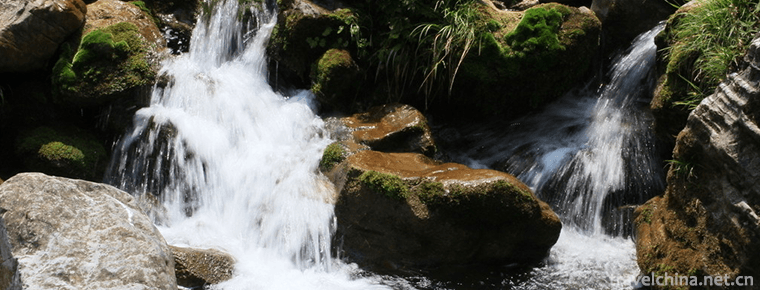
-
Lingwu Shuidonggou Tourist Area
Shuidonggou Ancient Human Culture Site is located in Shuidonggou Village, Linhe Town, Linwu City, Ningxia. It is 30 kilometers south of Lingwu City, 19 kilometers west of Yinchuan City.
Views: 141 Time 2018-12-12 -
Peace Hotel Shanghai
Peace Hotel is a landmark building in Shanghai. Located at No. 20 East Nanjing Road, Huangpu District, Shanghai, it is the first modern building in the history of modern architecture in Shanghai.
Views: 373 Time 2018-12-16 -
Fanggan Ecological Scenic Area
Fanggan Eco-tourism Area is located in Luye Township in the north of Laiwu City. It is bordered by Jinan in the north, Zibo in the East and Taian in the west. National Highway 09 is very convenient fo.
Views: 293 Time 2019-01-12 -
Yuexiu Park Guangzhou
Yuexiu Park is the largest comprehensive park in Guangzhou. The main body of Yuexiu Park is Yuexiu Mountain. In the Western Han Dynasty, Zhao Tuo, the king of South Vietnam, was named after the ".
Views: 121 Time 2019-01-13 -
Badang dance
Badang Dance is a kind of ancient folk dance, which originated from the ancient Qiang people's "Temple Festival" in Dingxi Minxian, southeastern Gansu Province. It is also a sacrificial ritu.
Views: 189 Time 2019-04-02 -
Buzkashi
One of the folk sports events in Xinjiang, China. Although there is no written record of sheep on foot, it has been examined in some areas of northern Xinjiang, which has continued to this day, and is.
Views: 127 Time 2019-04-26 -
Pingxiang Xiangdong Nuo Mask
Nuo mask is an important part of Nuo culture. It is used in Nuo etiquette, Nuo dance and Nuo opera. Nuo mask in eastern Hunan is an excellent traditional Chinese sculpture with a long history. Eastern.
Views: 167 Time 2019-06-09 -
June meeting in Regong
Regong June Festival is a unique traditional cultural festival of Tibetan and Tu villages in Tongren County, Qinghai Province. It has been circulated for more than 1400 years. Every June in the Lunar .
Views: 93 Time 2019-06-11 -
Traditional preparation methods of traditional Chinese medicine
Traditional Chinese medicine preparation method, one of the traditional Chinese medicine, is declared by the Chinese Academy of Traditional Chinese Medicine and the Chinese Association of Traditional .
Views: 194 Time 2019-08-03 -
Sichuan Agricultural University
Sichuan Agricultural University is a national "211 Project" with the characteristics of biotechnology, the advantages of agricultural science and technology, and the coordinated development .
Views: 400 Time 2019-08-31 -
Cao Ren
Cao Ren (168 - 23 May 6th), Zi filial piety, Han nationality. Pei country Qiao (today) Anhui Cao Cao, Bozhou From younger brother (from ancestor). The famous heroes of the Three Kingdoms period..
Views: 149 Time 2019-09-15 -
Convenient facilities and medical services of Chengdu Giant Panda Base
Chengdu Research Base of giant panda breeding has a tourist service center in the hall on the first floor of the museum, which can provide free convenience services such as microwave heating, drinking water hot water, baby carriage, wheelchair, walking stick, umbrella, needle and thread bag, etc..
Views: 386 Time 2020-12-13
